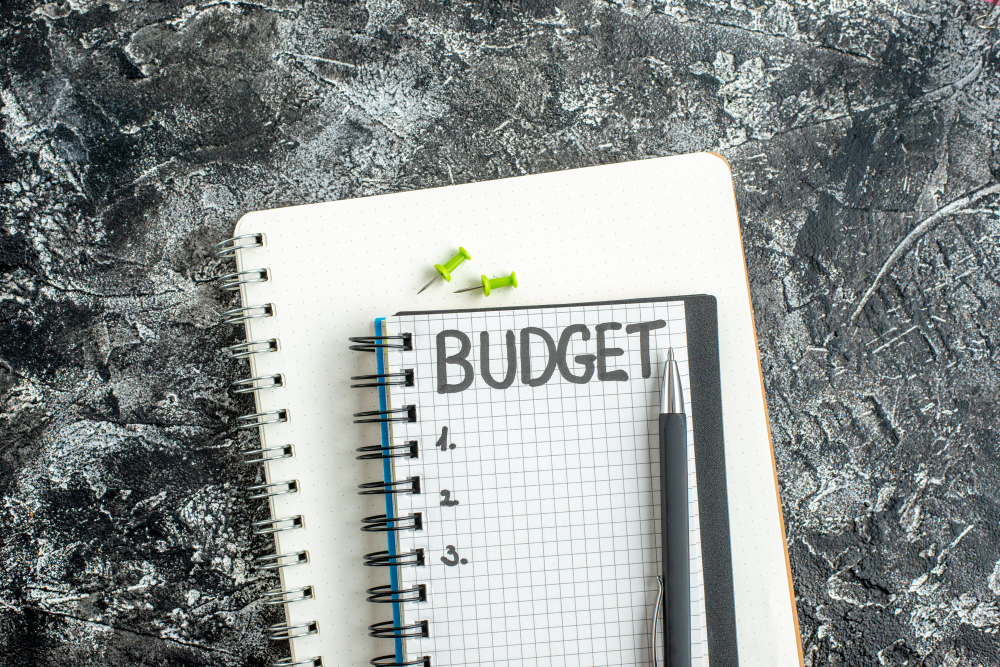How to Create a Successful Budget and Stick to It

Creating a budget can seem like a daunting task, but it’s a crucial step towards achieving financial stability and success. A budget allows you to track your income and expenses, identify areas where you can cut costs, and make informed financial decisions. However, creating a budget is only half the battle. Sticking to it requires discipline and commitment. In this article, we’ll discuss how to create a successful budget and stick to it.
Setting Goals and Priorities
The first step in creating a successful budget is to set goals and priorities. Start by identifying your short-term and long-term financial goals. Short-term goals may include paying off credit card debt or saving for a down payment on a house. Long-term goals may include building a retirement fund or saving for your child’s education. Once you’ve identified your goals, prioritize them based on their importance. This will help you determine where to allocate your resources for successful budget. For example, if your priority is to pay off credit card debt, you may need to cut back on discretionary spending to free up money to put towards your debt.
Tracking Your Income and Expenses
The next step in creating a successful budget is to track your income and expenses. Start by listing all sources of income, including your salary, bonuses, and any other sources of income you may have. Then, list all of your monthly expenses, including rent/mortgage, utilities, groceries, transportation, and any other recurring expenses you may have. Once you have a clear picture of your income and expenses, subtract your total expenses from your total income. This will give you your net income. If your net income is negative, you’ll need to find ways to reduce your expenses or increase your income.
Categorizing Your Expenses
Categorizing your expenses can help you identify areas where you can cut costs. Start by grouping your expenses into categories, such as housing, transportation, food, and entertainment. Then, assign a percentage of your income to each category. The 50/30/20 rule is a popular budgeting method that can help you allocate your resources. According to this rule, 50% of your income should go towards essentials (housing, transportation, groceries), 30% should go towards discretionary spending (entertainment, dining out), and 20% should go towards savings and debt repayment.
Cutting Costs
Now that you have a clear picture of your income and expenses, it’s time to look for ways to cut costs. Start by focusing on your discretionary spending. Look for areas where you can cut back, such as eating out, entertainment, and unnecessary subscriptions. You don’t have to cut these expenses out completely, but reducing them can help free up money to put towards your savings or debt repayment goals. Another way to cut costs is to negotiate bills, such as your cable or internet bill. Call your service provider and ask if they have any promotions or discounts available. You may be surprised at how much you can save just by asking.
Creating a Realistic Budget
Creating a realistic budget is key to sticking to it. It’s important to be honest with yourself about your spending habits and to set realistic goals. If you set a budget that’s too restrictive, you may find it difficult to stick to and become discouraged. Start by setting achievable goals for each category of expenses. For example, if you’re currently spending $500 a month on groceries, aim to reduce that to $400 a month. This may be more achievable than trying to cut your grocery bill in half all at once.
Using Budgeting Tools
There are many budgeting tools available that can help you create and stick to a budget. Some popular budgeting apps include:
Mint:
Mint is a free app that allows you to track your income and expenses, set budgets, and receive alerts when you’re close to exceeding your budget. Mint also provides personalized advice on how to improve your finances and offers tips for reducing expenses.
YNAB (You Need A Budget):
YNAB is a paid app that helps you create a budget based on your income and expenses. YNAB also offers a 34-day trial period to help you determine if the app is right for you. YNAB’s main feature is its ability to help you plan for irregular expenses by setting aside money each month for expenses like car repairs or medical bills.
Personal Capital:
Personal Capital is a free app that allows you to track your income and expenses, investments, and net worth. Personal Capital also provides personalized investment advice and retirement planning tools. Using a budgeting tool can help you automate the budgeting process, saving you time and reducing the likelihood of errors. Budgeting apps can also provide valuable insights into your spending habits and help you identify areas where you can cut costs.
Sticking to Your Budget
Creating a budget is only half the battle. Sticking to it requires discipline and commitment. Here are some tips to help you stick to your budget:
Review your budget regularly:
Review your budget at least once a month to ensure that you’re on track. If you notice that you’re overspending in a particular category, adjust your budget accordingly.
Use cash:
Using cash instead of credit cards can help you stick to your budget. When you use cash, you’re more aware of how much money you’re spending and are less likely to overspend.
Set realistic goals:
Set realistic goals for each category of expenses. If you set a budget that’s too restrictive, you may find it difficult to stick to and become discouraged.
Automate your savings:
Set up automatic transfers from your checking account to your savings account each month. This can help you save money without having to think about it.
Track your progress:
Tracking your progress can help you stay motivated. Use a spreadsheet or a budgeting app to track your progress towards your savings and debt repayment goals.
Conclusion
Creating a successful budget requires setting goals, tracking your income and expenses, categorizing your expenses, cutting costs, and using budgeting tools. Sticking to your budget requires discipline and commitment, but with the right mindset and tools, it’s achievable. By following these tips, you can create a budget that works for you and achieve financial stability and success.
FAQs
Q: What are some common budgeting mistakes?
A: Some common budgeting mistakes include underestimating expenses, not setting realistic goals, failing to track your expenses, and not making adjustments to your budget as needed.
Q: How can I make budgeting more fun?
A: You can make budgeting more fun by turning it into a game. Set goals and challenge yourself to stick to your budget each month. Reward yourself when you meet your goals, such as by treating yourself to a night out or a small purchase you’ve been wanting.
Read More: The Royal Observatory: A Window into the History of Astronomy in London











